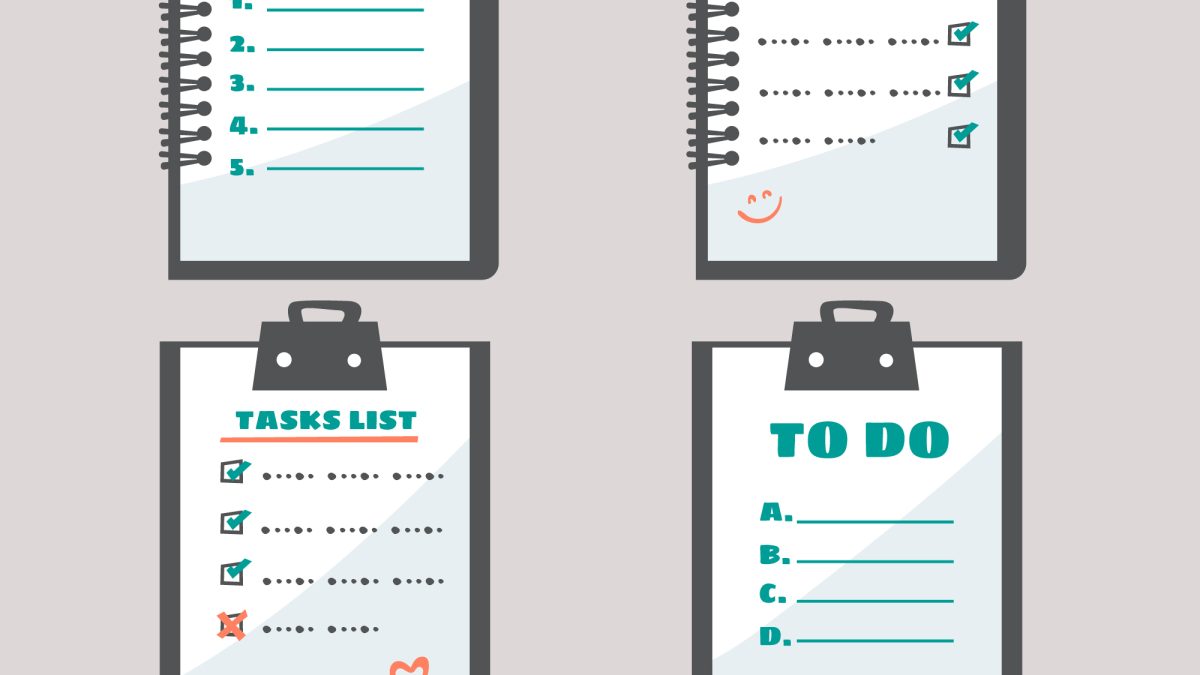Disclosure: Small Business Philippines strives to provide relevant and accurate information in all its articles. However, some information in our articles may differ or might be outdated from what you can see or read directly from the establishments’ or businesses’ websites. Please get in touch with us directly for any discrepancies.
What is a Checklist Sample?
A checklist sample includes all necessary items or steps for a particular task or project. It serves as a guideline to ensure thoroughness and consistency. The simplicity of a checklist makes it a versatile tool for various applications.
Why Use a Checklist Sample?
Using a checklist sample ensures you don’t forget important steps. It helps maintain quality and efficiency. Here’s why a checklist is valuable:
- Consistency: A checklist ensures the same procedure is followed every time.
- Efficiency: Streamlines tasks, saving time.
- Accountability: Provides a record of completed tasks.
- Reduction of Errors: Minimizes the chances of forgetting steps.
When to Use a Checklist Sample?
Checklist samples are useful in many situations. Here are some examples:
- Daily Tasks: Personal to-do lists.
- Professional Projects: Steps in a project plan.
- Events: Planning and execution.
- Maintenance: Regular checks for equipment or systems.
- Training: Ensuring all training steps are covered.
Where to Use a Checklist Sample?
Checklist samples can be applied in various environments. Here’s a list of common settings:
- Home: Chore lists, grocery lists.
- Office: Meeting agendas, project management.
- Healthcare: Patient care procedures.
- Education: Study plans, assignment tracking.
- Manufacturing: Quality control processes.
How to Create a Checklist Sample?
Creating an effective checklist sample involves a few steps. Here’s a simple guide:
- Identify the Purpose: Define what the checklist is for.
- List the Steps: Write down all tasks or items.
- Order the Tasks: Arrange them logically.
- Detail Each Step: Ensure clarity and completeness.
- Review and Test: Ensure nothing is missed.
Step-by-Step Guide to Creating a Checklist Sample
Follow this step-by-step guide to create a useful checklist sample.
- Determine the Objective: Understand what you need the checklist for. Is it for a daily routine or a specific project?
- Brainstorm Tasks: Write down everything that needs to be done. Don’t worry about the order at this stage.
- Organize and Prioritize: Arrange the tasks in a logical order. Prioritize tasks based on their importance and sequence.
- Detail and Clarify: Provide detailed descriptions if necessary. Make sure each step is clear and concise.
- Review and Adjust: Go through the checklist. Add any missing tasks and remove redundant ones.
- Test the Checklist: Use it in real situations. Make adjustments based on feedback and experiences.
Examples of Checklist Samples
Here are some examples to illustrate different types of checklists:
- Daily Routine Checklist:
- Wake up at 6 AM
- Exercise for 30 minutes
- Have breakfast
- Check emails
- Plan the day’s tasks
- Project Management Checklist:
- Define project scope
- Identify resources
- Assign tasks
- Set deadlines
- Monitor progress
- Event Planning Checklist:
- Choose a date
- Book a venue
- Send invitations
- Arrange catering
- Plan activities
Tips for Using a Checklist Sample
Here are some tips to make the most of your checklist sample:
- Keep it Simple: Avoid overly complex steps.
- Be Specific: Detail tasks clearly.
- Use Technology: Digital checklists can be more flexible.
- Review Regularly: Update checklists as needed.
- Be Flexible: Adjust as situations change.
Key Takeaways
Checklist samples are essential tools for ensuring tasks are completed efficiently and effectively. They help maintain consistency, improve productivity, and reduce errors. By creating and using checklist samples, you can streamline personal and professional activities. Implement these strategies to enhance organization and achieve your goals.



